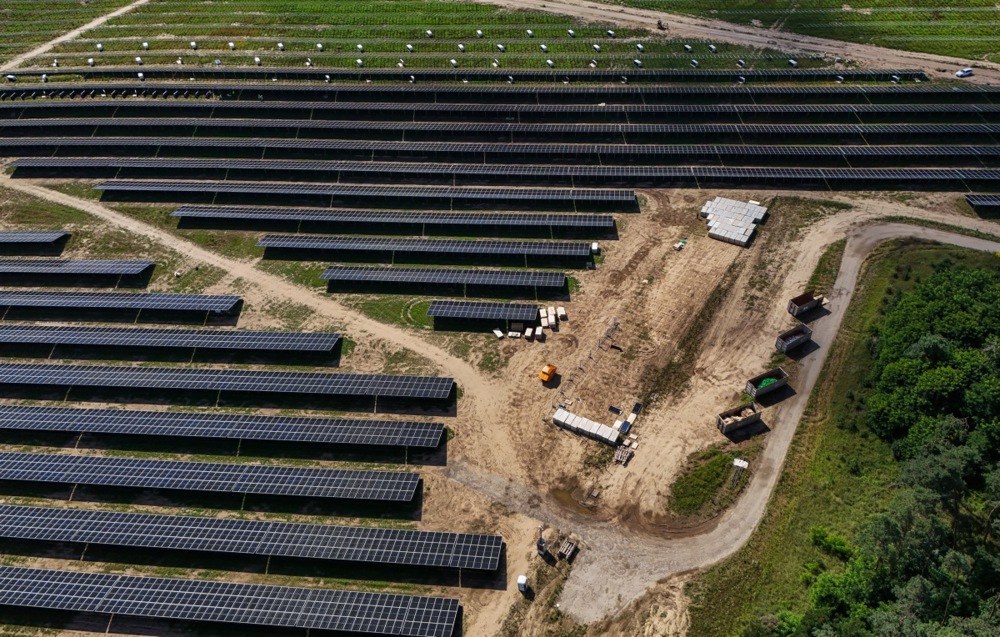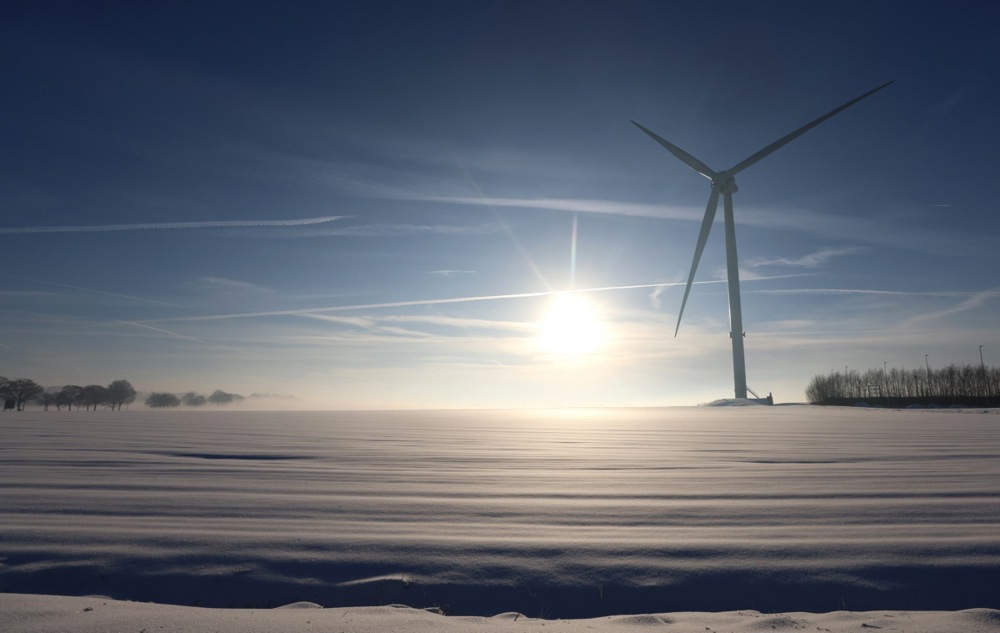Costs for an energy island in the North Sea, connecting offshore wind farms, have turned out to be more than three times as high as expected.
Instead of the planned €2.2 billion, the North Sea energy hub’s price is expected to be €7 billion, Belgian newspaper De Tijd reported on October 24.
Such a steep increase in costs for the “green” flagship project would impact families and industry for years and major electricity consumers are now calling for it to be paused.
According to Febeliec, the federation representing industrial consumers of electricity and natural gas, estimates as high as €8 billion have been projected.
Dredging companies are still busy constructing the artificial Belgian Princess Elisabeth energy island that will serve as the energy hub at sea. It is planned to connect three offshore wind farms with nearby countries in the North Sea via undersea cables.
It also may also be connected with Danish wind farms. A wider network of such farms could help balance out fluctuations in energy production, compensating for areas with less wind, experts said — a common challenge for weather-dependent energy sources
Belgian energy regulator CREG has warned the government about the exploding costs. In a recent letter to the outgoing federal minister of energy, Tine Van der Straeten (Green Party), it said investment costs might hit €7 billion.
When asked about that in parliament, the Green minister refused to answer, claiming it was impossible because the site was still in construction and parts of the tender were still ongoing.
Belgium’s high-voltage electricity transmission system operator Elia used the same argument to avoid disclosing the cost.
Originally, when the tender was made, the cost was set at around €2.2 billion. This included building the island, the cable infrastructure and the onshore connection.
High prices for cable infrastructure is also the reason why a proposed connection with Denmark was ditched.
Last summer, the Belgian Government had already been told the cost would rise to €3.6 billion, half of the current estimation.
The construction of the energy island is part of Belgium’s federal investment plan regarding “essential infrastructure”, a classification under European regulations that allowed Elia to incur debt and recover the project’s costs over several years through energy bills for households and businesses.
Due to significant recent investments, Elia’s tariffs will already double from 2025 compared to previous years, aside from the energy island, potentially costing industrial heavy-users millions of euros more annually.
Febeliec had already warned on October 21 that industrial activities in Belgium were under increasing pressure, causing facilities to be closed or relocated to other areas. It added that a planned doubling of the transmission tariffs, set to begin on January 1 2025, would come as a blow.
“Electricity from the grid will become approximately €6 per MWh more expensive, leading to millions of euros in additional costs for the largest consumers, without the possibility of passing these costs on in their sales prices”, the federation said.
“In the long term, these costs are likely to rise further due to Elia’s major investment projects, the costs of which are expected to be extremely higher than expected.”
The body ended with a warning: “Without prompt political action, new tragedies for industrial employment in our country are looming.”
Elia said it was a European problem because, next to rising prices from building materials and higher interests, there was mass investment in the so-called energy transition, pushing up the demand for items such as cables and transformers.
The real price of the energy island will only become known next year.
Van der Straeten said she was powerless to curb the exploding costs and pointed at Elia and energy regulator CREG. She asked them to create a working group to discuss cost reductions and transparency.
But CREG points out they only can determine if costs are reasonable within certain frames and that the exploding costs are the result of specifically opting for the energy island, a choice made by the Green minister.
In the Belgian-hosted 2023 North Sea Summit, it was stated that the goal was to “build the world’s largest green energy plant in the North Sea.”
European Commission President Ursula von der Leyen joined the summit alongside several EU leaders, including Belgian Prime Minister Alexander De Croo, French President Emmanuel Macron, German Chancellor Olaf Scholz, and Danish Prime Minister Mette Frederiksen.
Von der Leyen pledged a loan for the energy island worth €100 million via the Recovery and Resilience Facility.
Since the inception, there have been questions about whether building an island, a prestigious technological world first, was a good idea.
High-voltage infrastructure is traditionally built on steel platforms, De Tijd reported, but both the government and Elia had argued that an island was the most efficient and least expensive option.
In the Netherlands, the government did opt for steel platforms. The country is set to build 11 such coastal platforms and, when adjusted for comparison, they turn out to be half the cost of the Belgian energy island, public news broadcaster VRT NWS reported.
Denmark also wanted to build energy islands but those plans have been postponed after costs ballooned there as well.
The high prices projected in Denmark were about the same as those currently predicted in Belgium.
Because the costs have been accelerating in such a dramatic fashion, observers now question if other similar investment projects might also turn out to be much more expensive.
Senior researchers are sounding the alarm over the increasing grip China has on the European Union’s wind energy sector. https://t.co/3NPEWTEiH6
— Brussels Signal (@brusselssignal) October 16, 2024





